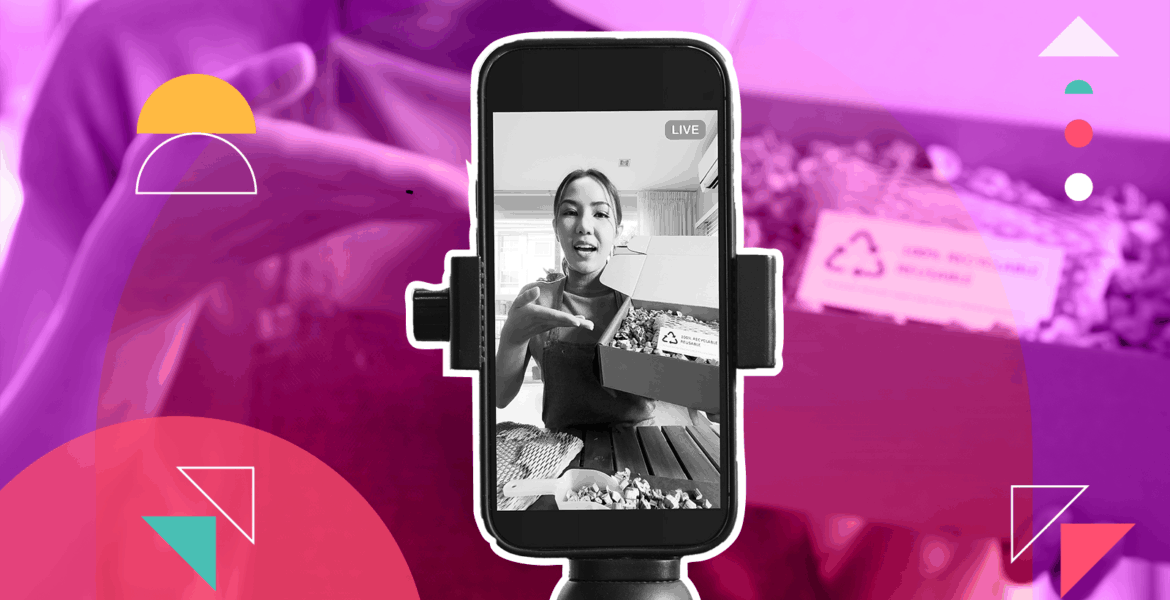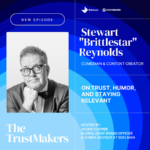By Evie Whitaker, Content Marketing Manager, Golley Slater
Influencers are more than just content creators; they’re cultural architects shaping consumer behaviour and driving sales. Yet, many brands fall into the trap of playing it safe, missing the opportunity to unlock the transformative potential of influencer marketing. As we step into 2025, influencer activations are evolving beyond mere product promotion. They’re about creating moments that connect on a deeper level – amplifying campaigns, driving foot traffic, and fostering loyalty.
The real question for brands is no longer if they should activate influencers but how boldly they’re willing to do it.
Relevance over reach
The influencer landscape has shifted from an obsession with follower counts to a focus on cultural relevance. Today, success lies in working with influencers who resonate authentically with their audiences, even if their reach is smaller.
Consider Garnier’s collaboration with Sophia and Cinzia. These influencers brought a nostalgic yet fresh perspective to Garnier’s traveling tour bus activation. By connecting with an audience that grew up using the brand’s micellar water, the campaign tapped into emotional resonance while remaining grounded in cultural relevance. Similarly, when F1 partnered with Red Bull following the Netflix series Drive to Survive, it wasn’t just about brand visibility, it was about connecting with a newly energised fanbase.
For brands, the takeaway is clear: relevance trumps reach.
Micro-influencers, niche creators, or even momentarily viral individuals can be powerful partners if their cultural alignment with your brand is authentic. Leverage data tools to analyse trends, identify emerging voices, and ensure your activations reflect the zeitgeist.
Experiences that go beyond the screen
Influencer activations must transcend traditional content formats to create immersive, real-world experiences. Consumers crave interaction, and the most successful campaigns blend digital anticipation with physical engagement.
Sephora exemplifies this with its in-store events featuring beauty influencers. These activations transform retail spaces into experiential hubs, where consumers aren’t just spectators but participants. Workshops, live tutorials, and Q&A sessions allow influencers to demonstrate product value in real time, fostering trust and creating memorable brand moments. Valentine’s Day pop-ups, for example, could mirror this by hosting influencers who personalise gift recommendations or curate date-night looks.
Another standout is Adidas’ partnership with David Beckham during flagship store openings. These events weren’t just appearances; they were cultural moments that bridged celebrity allure with tangible retail impact. The result? A seamless fusion of online buzz and in-store excitement. For brands aiming to drive foot traffic, these activations prove that the key lies in crafting experiences that feel exclusive and participatory.
Empowering influencers to lead the narrative
Overly scripted influencer campaigns are a fast track to irrelevance.
The most impactful activations are those where influencers are given creative freedom to craft narratives that align with their personal style and audience expectations.
A great example is Glossier, a brand that has consistently embraced influencer autonomy. Instead of imposing rigid guidelines, Glossier empowers its collaborators to showcase products in authentic, relatable ways. This approach not only drives trust but also fosters a sense of community – a critical element in today’s influencer landscape.
Similarly, brands tapping into self-love or alternative Valentine’s Day themes, such as celebrating friendships or personal milestones, are finding success by embracing inclusivity and creativity. Allowing influencers to co-create campaigns based on these themes ensures content feels fresh, relevant, and deeply engaging.
To make this work, brands must shift from controlling the message to facilitating meaningful connections. Influencers know their audiences best. By trusting their instincts and investing in long-term relationships, brands can ensure campaigns resonate on both emotional and cultural levels.
The path forward for brands
The rules of influencer marketing are being rewritten this year.
The most successful brands are those that prioritise cultural relevance, create immersive experiences, and trust influencers to lead authentic narratives. From Garnier’s nostalgic tour bus to Sephora’s experiential hubs, these activations aren’t just marketing tactics – they’re moments that shape how consumers perceive and interact with brands.
For businesses looking to thrive in this evolving landscape, the message is clear: be bold, be authentic, and embrace the full potential of influencer collaborations. The future of influence is here, and the brands that harness it effectively will be the ones turning followers into lifelong advocates.











